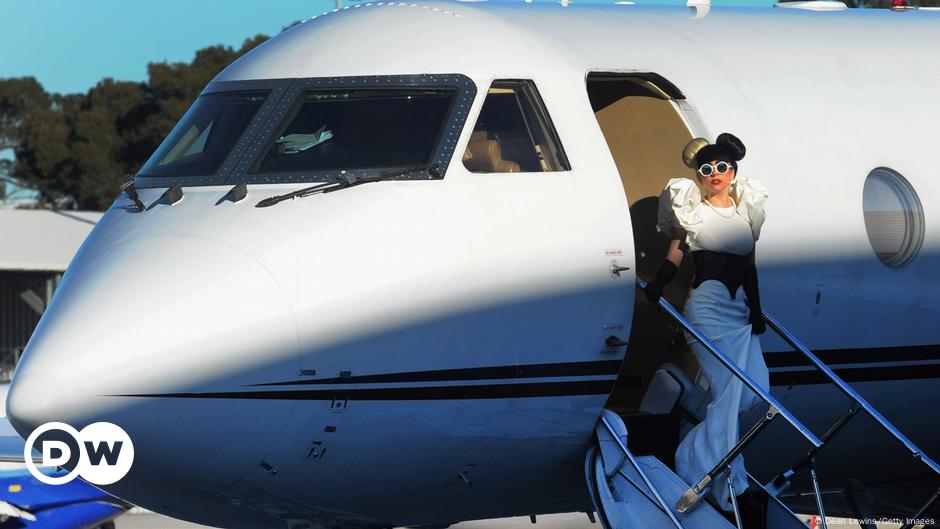Introduction to Private Jets
It’s no longer just superstars, royal families or oligarchs who avoid long security lines and sit in the comfortable leather seats. These days, there are more ways than ever to take to the skies on a private jet without being a head of state, CEO, or even owning one.
Private Jet Deliveries are Increasing
Since travel collapsed due to the COVID-19 pandemic, aircraft manufacturers have steadily recovered thanks to strong customer demand. There are currently around 23,500 private jets in use worldwide. North America accounts for around 60-70% of the world’s total business jet fleet, while much demand now comes from the Middle East and the Asia-Pacific region, particularly India.
There were 644 business jet deliveries in 2020. By 2024, that number jumped to 764. This year, forecasters predict another 820 deliveries, a 7.3% increase from last year. There are waiting lists for some of the most sought-after jets. Another aviation analyst expects nearly 9,700 new business jets to be delivered worldwide by 2034.
Who is the Typical Private Jet Buyer?
Buyers of private jets are usually wealthy individuals, governments, companies or charter operators. The market is still dominated by wholly owned aircraft, even if so-called faction owners are increasing. Fractional ownership operators have experienced "the strongest expansion in the last five years." In addition to fractional ownership, subscriptions or membership programs are also becoming increasingly popular, giving cardholders access to an operator’s entire fleet for a certain number of flight hours.
Who is the Typical Private Jet User?
The profile of the average private jet user has changed – and expanded – since the pandemic. Nowadays it’s no longer just the super-rich and corporate managers who take part. The market now includes “families, entrepreneurs and first-time fliers seeking safety, flexibility, reliability and luxury that commercial airlines could not guarantee during the crisis.” This shift was caused by a large transfer of wealth, high liquidity and changing priorities after the pandemic.
What Exactly is a Private Jet?
Private jets, also known as business or corporate jets, are divided into seven different categories depending on size and range. The smallest business jet is a 4-seater aircraft with only one pilot and a short range. Then come mid-range jets for 6-10 passengers. Then there are long-haul jets that seat 10 to 19 passengers and finally executive aircraft that seat 20 to 50 or more passengers.
The Enormous Cost of Owning a Jet
The list price for a brand new private jet can range from a few million dollars to over $75 million for a Gulfstream G700 or $78 million for a Bombardier Global 8000 – and that’s before any customization. The Boeing 747-8 VIP is said to cost several hundred million dollars. And that’s just the cost of buying a jet. Flying costs even more. Fixed and operating costs such as fuel, maintenance, insurance, landing, parking, crew and food can add up to another few million per year depending on size and usage.
Time is the New Ultimate Luxury
Private jets produce more emissions per passenger than commercial airliners, and climate activists have targeted them for representing excessive and unnecessary emissions by the elite. But most frequent fliers need more than just protesters to keep them off the tarmac. For manufacturers, geopolitical uncertainties and tariffs have some impact on supply chains and their ability to produce aircraft, leading to backlogs. However, a broader economic downturn appears to be a long way off.
Future of Private Jets
The next few years are expected to see sustained growth driven by rising global wealth, increased corporate usage and greater accessibility through charter programs and fractional ownership. The US remains the largest market in absolute terms, while the fastest growth is forecast in the Middle East, Asia Pacific and Latin America. The fractional ownership model is expected to continue to gain traction, increasing usage and making private aviation more accessible and flexible.

